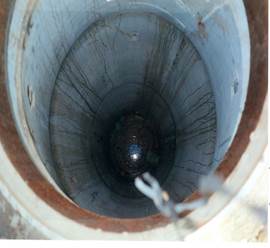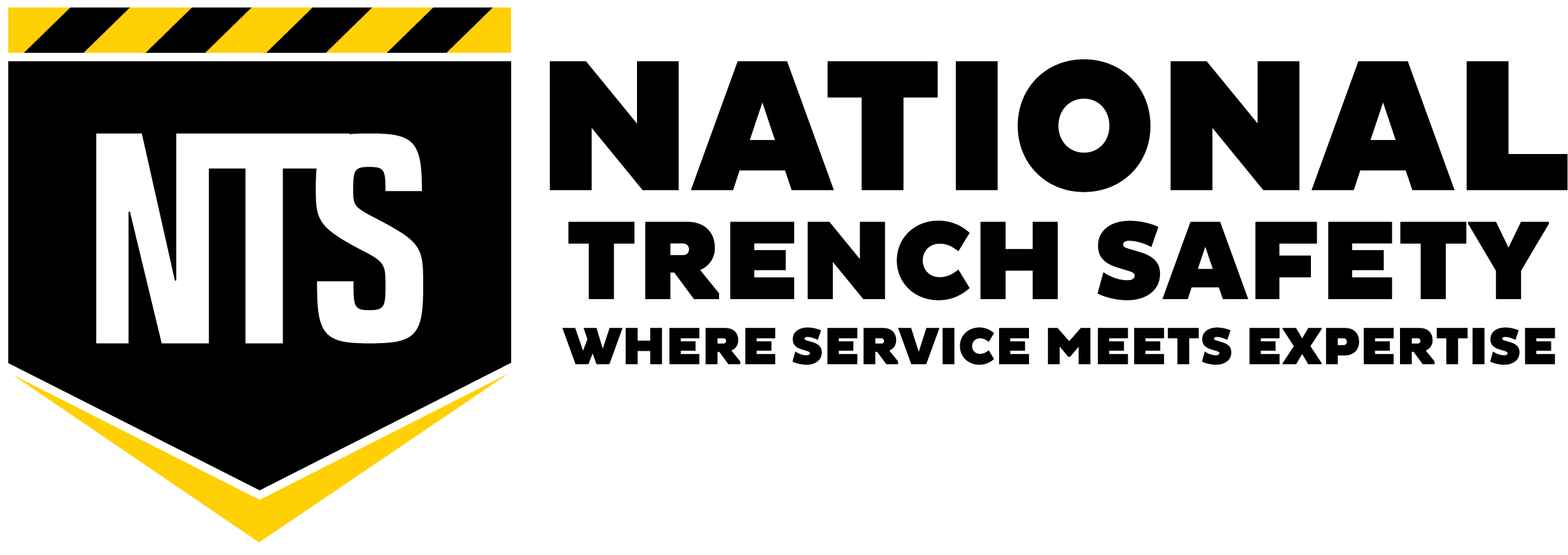Differences Between the New Confined Space Entry Standard for Construction and 1910.146
This is a brief summary of some of the differences found in the construction confined space standard (1926 Subpart AA) compared to the confined space standard for general industry (1910.146). This is not detailed and not at all to be considered exhaustive.
The first difference is that some key definitions are introduced that are not found in 1910.146 such as host employer, controlling contractor, and entry employer. These are introduced because they play a key role in confined space identification,  warning signage, and in the communication of hazards. For example, once an assessment of the workplace is made, information about the presence of a confined space or a permit-required confined space (PRCS) must be conveyed to employees, the controlling contractor, and other employers at the site in order to prohibit unauthorized entry. The new standard addresses the need to coordinate work activities through the controlling contractor, as well as employers working outside the permit space when their work could foreseeably affect conditions within a confined space.
warning signage, and in the communication of hazards. For example, once an assessment of the workplace is made, information about the presence of a confined space or a permit-required confined space (PRCS) must be conveyed to employees, the controlling contractor, and other employers at the site in order to prohibit unauthorized entry. The new standard addresses the need to coordinate work activities through the controlling contractor, as well as employers working outside the permit space when their work could foreseeably affect conditions within a confined space.
The permit program must address how the entry employer’s personnel are to receive and transfer information about a confined space from the controlling contractor and how the entry employer will ensure that it implements coordination instruction from the controlling contractor.
Another new term is the Early-warning system, which is the method used to alert attendants as well as authorized entrants in a permit space, that an engulfment hazard may be developing.
The employer’s permit-required confined space program (1926.1204) must include the provision for an early warning system that will detect non-isolated engulfment hazards to address migrating engulfment hazards that are present in a non-isolated PRCS. For example, these hazards can result when runoff from a heavy storm upstream of a sewer flows downstream into the area in which employees are working.
The new standard includes definitions for the Competent Person and for the Qualified person, each of whom has important roles in confined space entry safety.
The General Requirements (1926.1203) have some notable changes. For example, one requirement is to have a competent person evaluate the spaces in which employees it directs may work, and this requires a two-step process: (1) The competent person must evaluate whether a space meets the definition of a confined space, and if so, (2) the competent person must identify, in accordance with other provisions of this final rule, any confined spaces that are PRCSs through consideration and evaluation of the space, including testing of the space as necessary. The final construction rule specifies both the two-step approach and the competent-person requirement more explicitly than in the general industry standard.
Unlike 1910.146 entry employers do not necessarily have to develop a separate written program for each individual entry. Rather, an entry employer may reuse a previously developed program, or a program developed by another employer, an industry association, or another entity, so long as the program is appropriate for the specific entry operations and the type of work involved, and that the program meets the requirements set forth in final 1926.1204.
Like the general industry rule, in a permit space where the only hazard is a hazardous atmosphere, and where the space can be made safe by ventilation alone, entry can be made under non-permit space rules. The one requirement that was changed reads as follows:
“The employer can demonstrate that all physical hazards in the space are eliminated or isolated through engineering controls so that the only hazard posed by the permit space is an actual or potentially hazardous atmosphere.” This is changed in that OSHA added that physical hazards are “eliminated or isolated” rather than just “eliminated” as previously stated in 1910.146.
Note that in addition to the above-mentioned change, there is also the requirement that the atmosphere within the space must be continuously monitored unless the entry employer can demonstrate that equipment for continuous monitoring is not commercially available or periodic monitoring is sufficient. If continuous monitoring is used, the employer must ensure that the monitoring equipment has an alarm that will notify all entrants if a specified atmospheric threshold is achieved, or that an employee will check the monitor with sufficient frequency to ensure that entrants have adequate time to escape. If continuous monitoring is not used, periodic monitoring is required. All monitoring must ensure that the continuous forced air ventilation is preventing the accumulation of a hazardous atmosphere.
In another change, OSHA requires that an employer has to ensure that hoisting systems are designed and manufactured specifically for personnel hoisting. This provision includes an exception that allows for the use of job-made hoisting systems if a registered professional engineer approves these systems for personnel hoisting.
In 1926.1205 OSHA allows for the suspension of a permit, instead of the mandatory permit cancelation and re-issuance. For example, if a condition inside or outside a permit space requires an evacuation, but the permit space soon returns to the same acceptable conditions specified under the permit, the permit would not necessarily need to be canceled and reissued. It could simply be suspended until conditions are once again safe.
As to the permit itself, most of the information required on the permit is substantively identical to 1910.146. Some minor changes include the requirement for the employer to record the means of detecting an increase in atmospheric hazard levels if a required ventilation system stops working.
Another change on the permit is that the names of the attendant and supervisor on duty must be recorded on the entry permit and must be changed if the person serving in those capacities is replaced by someone else. This is in case there is an emergency and the attendant and/or supervisor must be quickly located.
Some of the training requirements have been changed as well. For example, the standard specifies that employees must understand the hazards in the permit space and the methods used to isolate, control, or in other ways to protect employees from these hazards. Also, it specifies that employees not authorized to perform entry rescues must be trained in the dangers of attempting such rescues. Employee training must establish proficiency in the duties required by the confined space entry standard, and retraining may be required.
The training documentation now only requires the name of the trainer, not the trainer’s signature or initials as required in the general industry standard. This documentation can take any form that reasonably demonstrates the employee’s completion of the training.
Training documentation must be available for inspection by OSHA, employees, and authorized employee representatives, for the tenure of employment.
In regards to a Rescue service – The entry supervisor must now verify that the rescue service will notify the supervisor if that service becomes unavailable during the entry process.
Retrieval Equipment – OSHA prohibits an employer from using rescue equipment that is unsuitable for retrieval, such as retrieval lines likely to become entangled or that are ineffective due to the configuration of the permit space.
DISCLAIMER: the information contained in this article is provided for general and illustrative purposes only and is not to be considered technical data, advice, or counsel. Each project is different and it is the responsibility of the employer’s designated Competent Person to make decisions regarding what systems and methods may be used in compliance with federal and local regulations, manufacturers tabulated data, engineered drawings, and other plans.






